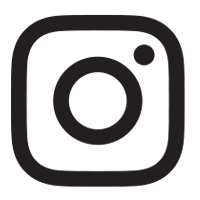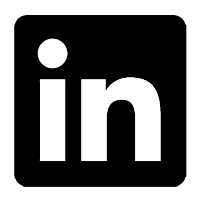Course Synopsis:
This course will begin with an introduction to Digital Humanities as a practice, a toolset, and a community. We will focus on the role of digital methods in historical and cultural research: the tools you learn in class, as well as those you investigate as part of the assignments, will help you to ground a topic of your choice (be it a person, an event, a historical artifact, a piece of writing, a location, or a work of literature, a work of music, or visual or performance art) in its historical or social context. This will enhance your understanding of your chosen topic and show you how digital tools can help you to organize, investigate, and interpret sources using a different lens, develop an argument based on your findings, and to create a digital humanities project of your own.
Methods of Evaluation and Weights:
Participation 10%
Reading Response 10%
Seminar Lead 10%
Digital Tool Critique 20%
Proposal & Annotated Bibliography 15%
Digital History Project 35%
Required Readings
Graham, S., I. Milligan, and S. Weingart. (2015) Exploring Big Historical Data: The Historian’s Macroscope. Imperial Press.
Gold, M.K., and L. Klein. (2016) Debates in the Digital Humanities 2016. University of Minnesota Press. *Debates 2016 in reading list.
***Please note that this text is available online at http://dhdebates.gc.cuny.edu/debates/2 [2]. However, I recommend that you purchase the hard copy, as it is an extremely useful text for understanding the Digital Humanities movement. ***
Please note: This is a preliminary web course description only. The department reserves the right to change without notice any information in this description. The final, binding course outline will be distributed in the first class of the semester.





